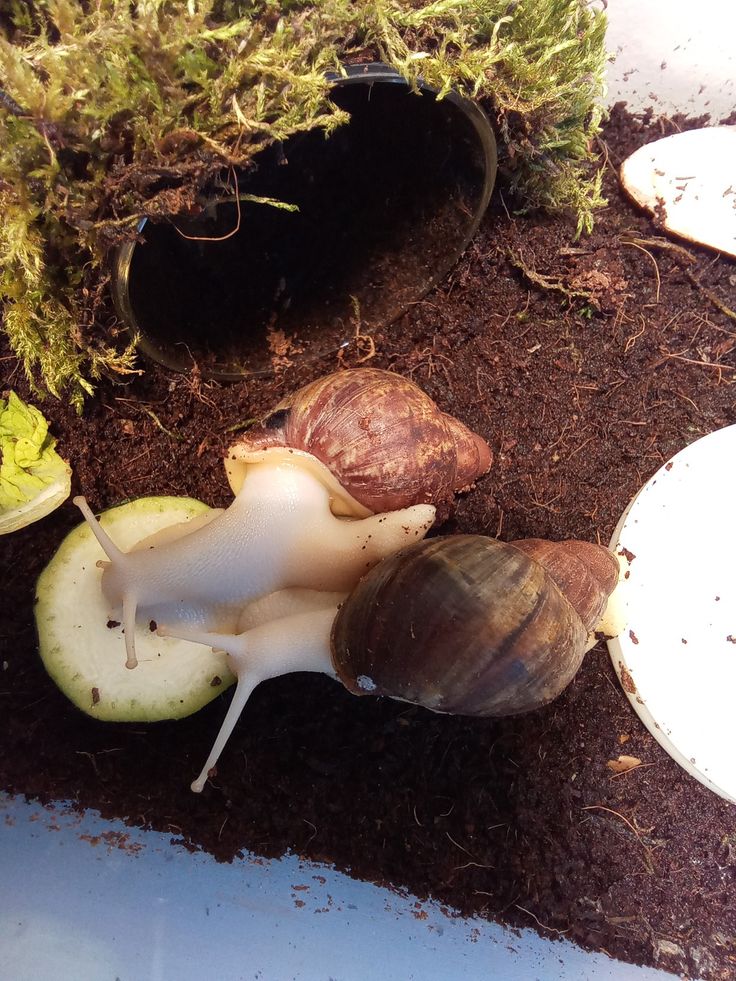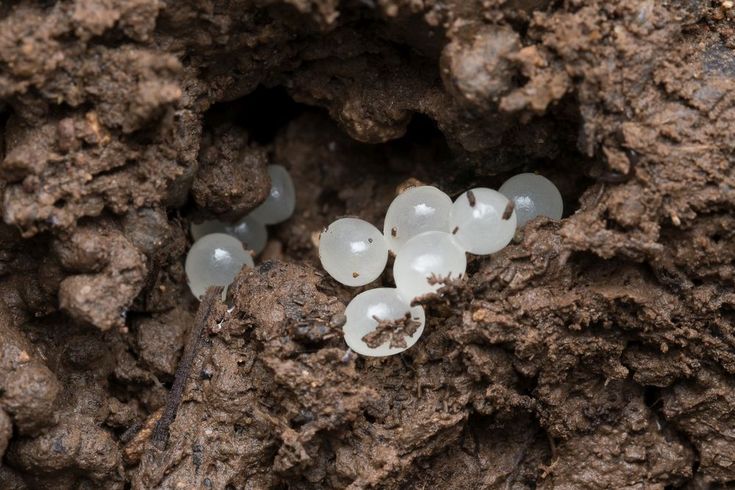Successful snail breeding requires careful planning and the right conditions to encourage reproduction. Understanding the breeding process helps farmers improve hatch rates and maximize farm productivity.
Selecting Healthy Breeding Snails
Choosing the right snails for breeding is essential. Farmers should select mature, healthy snails with strong, unbroken shells and active feeding habits. The ideal breeding snails should come from species known for high reproduction rates, such as Achatina fulica and Achatina achatina.

Creating the Ideal Breeding Environment
A well-maintained breeding environment increases the chances of successful mating and egg laying. Key factors include:
- Temperature and Humidity: Maintaining a temperature between 25°C and 30°C and humidity levels above 75% supports breeding.
- Soil Quality: A soft, well-draining soil that is at least 10 cm deep provides a suitable place for egg-laying.
- Feeding and Nutrition: A balanced diet rich in calcium, protein, and vitamins strengthens snails and enhances fertility.

Speaking of Snails Farming, at Kimd Group of Companies, we support beginner farmers by offering tailored business proposal writing services and design plans for various animal capacities. Therefore whether you’re just starting out or looking to expand, we provide the resources and expertise to help you succeed in the farming industry.
The Mating and Egg-Laying Process
Snails are hermaphrodites, meaning each snail has both male and female reproductive organs. However, they still require a partner for fertilization. Mating can last several hours, after which snails lay eggs in moist soil within 3 to 6 weeks. A single snail can lay up to 500 eggs per cycle.
Incubation and Hatching
Once the eggs are laid, farmers should:
- Keep the soil damp but not waterlogged to support incubation.
- Maintain optimal temperature and humidity conditions.
- Avoid disturbing the eggs, as handling can reduce hatch rates.

Eggs typically hatch within 2 to 4 weeks, depending on the species and environmental conditions.
Caring for Hatchlings
Newly hatched snails are delicate and require proper care to survive. Farmers should:
- Provide finely crushed feed rich in calcium for strong shell development.
- Keep the soil moist and warm to promote growth.
- Separate smaller snails from larger ones to prevent competition.

Conclusion
Proper breeding practices ensure a steady supply of snails for meat or commercial purposes. By maintaining ideal conditions, selecting healthy breeders, and providing proper care, farmers can achieve high hatch rates and a productive snail farm.

